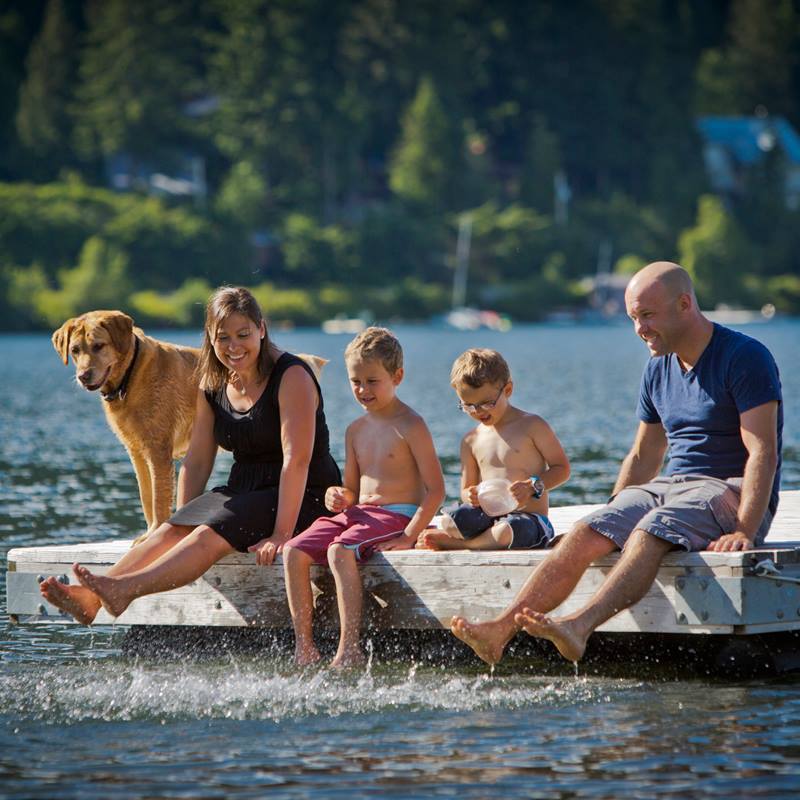Use Intermountain Connect Care®
Learn More.
How can we help?

According to Garrett Lowe, MD, an Intermountain Healthcare dermatologist, all skin cancers, including melanoma, are increasing in both the young and old, male and female, with one in five Americans developing skin cancer in their lifetime. "The major risk factor for skin cancer is exposure to UV light,” Lowe said. “Blistering burns, intermittent and chronic sun exposure, and tanning bed use all increase the risk of skin cancer."
Exposure to the sun's UV light can be strengthened by reflective surfaces, such as sand and water, which increases your risk of skin cancer. The practice of tanning with or without a bed is harmful. Dr. Lowe says there is no such thing as a healthy sun tan and any change to the body's natural color is a sign of potential skin damage.
Applying sunscreen and following the recommendations below are the best defense against UV rays.
"Sun awareness leads to skin awareness and regular self-skin examinations on a monthly basis are strongly recommended," said Dr. Lowe. "As your own skin awareness increases, warning signs of skin cancer can be noted, including new or changing lesions in size, shape, color and symptoms."
Early detection is key towards preventing further risks and effects of skin cancer. If you have a history of skin cancer, including melanoma, yearly visits with a board-certified dermatologist are recommended.